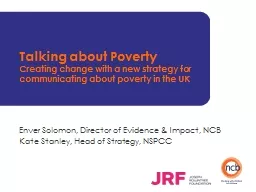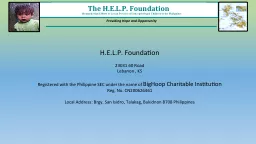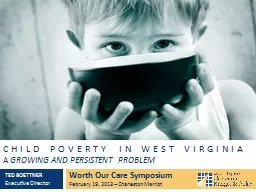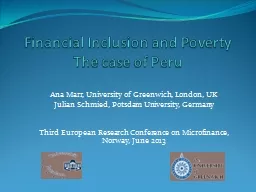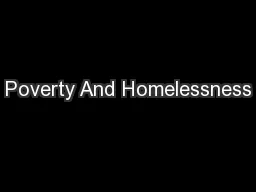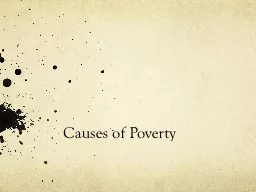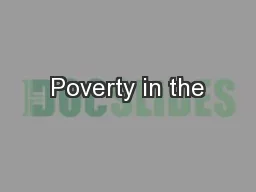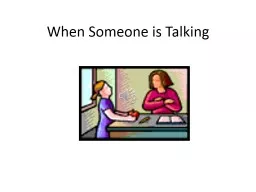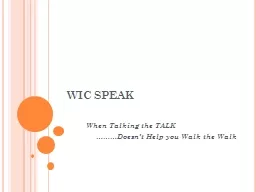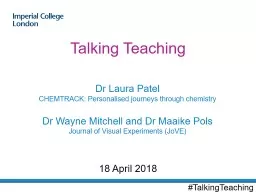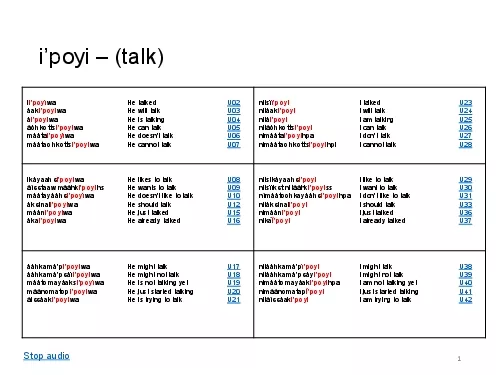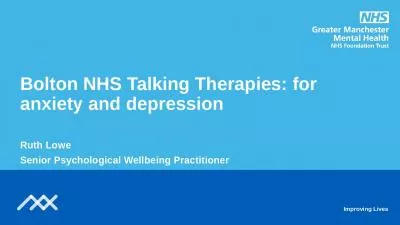PPT-Talking about Poverty Creating
Author : myesha-ticknor | Published Date : 2018-10-07
change with a new strategy for communicating about poverty in the UK Enver Solomon Director of Evidence amp Impact NCB Kate Stanley Head of Strategy NSPCC A new
Presentation Embed Code
Download Presentation
Download Presentation The PPT/PDF document "Talking about Poverty Creating" is the property of its rightful owner. Permission is granted to download and print the materials on this website for personal, non-commercial use only, and to display it on your personal computer provided you do not modify the materials and that you retain all copyright notices contained in the materials. By downloading content from our website, you accept the terms of this agreement.
Talking about Poverty Creating: Transcript
Download Rules Of Document
"Talking about Poverty Creating"The content belongs to its owner. You may download and print it for personal use, without modification, and keep all copyright notices. By downloading, you agree to these terms.
Related Documents

